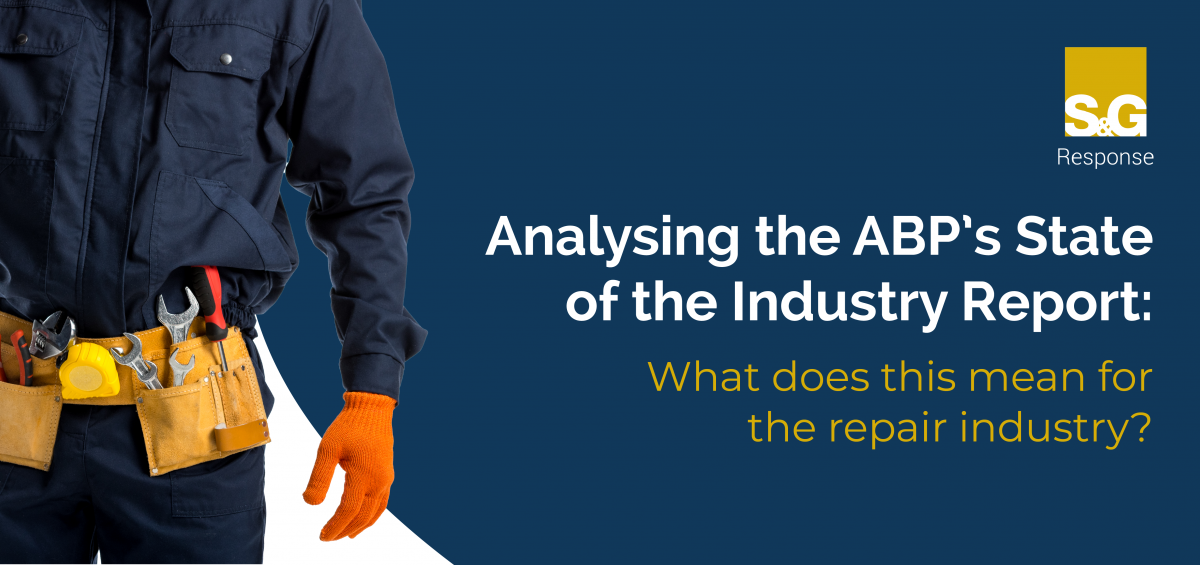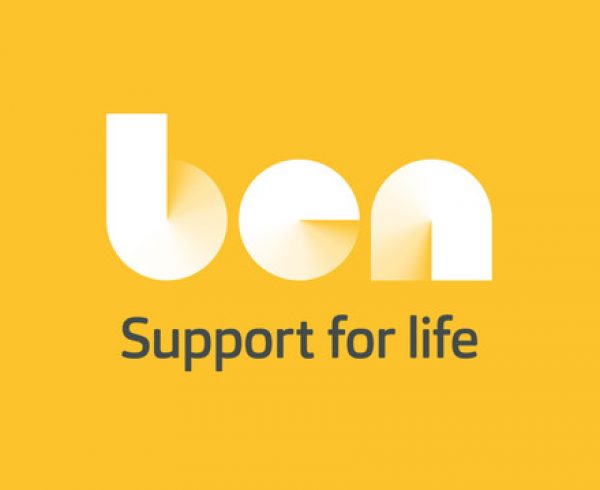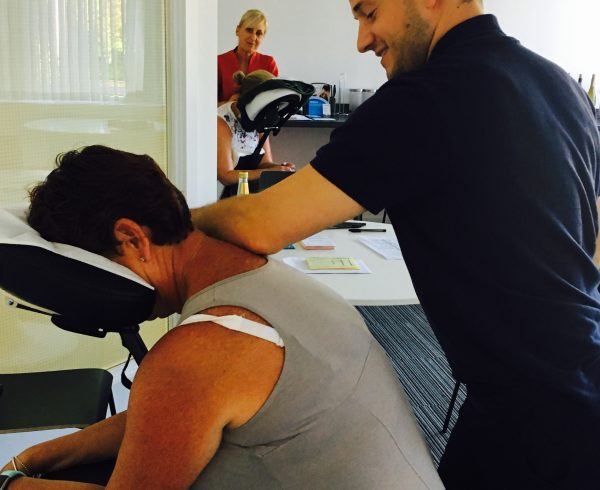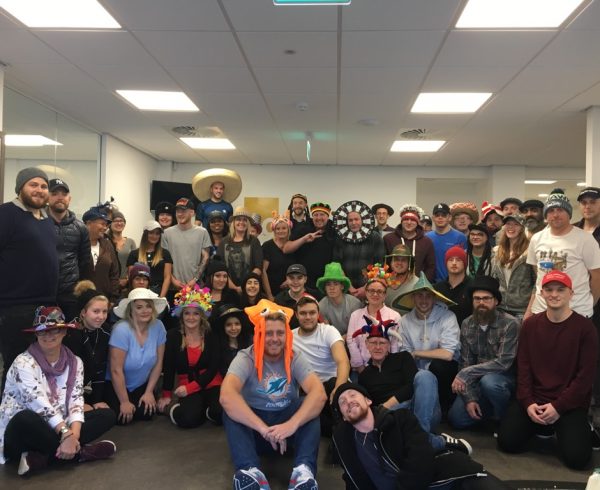The Auto Body Professional (ABP) Club is at the heart of the UK Body Repair Industry, and having first established itself in September 2004, now has a combined total of more than 2,500 individual members.
Now as the ABP Club continues to grow and is increasingly recognised as the most credible trade organisation within the UK Body Repair Industry, their longstanding partner, Mirka (UK) Ltd, has shown its support for the publication of with its 13th annual edition of the State of the Industry Report 2023.
The industry at a top-line
As the automotive industry continues to face many challenges such as the skills gap and lack of new talent entering the sector, the State of the Industry Report and the analysis gained from the survey works to provide all industry professionals, from the workshop floor to business leaders, with the invaluable data and insight into the current trading conditions within the UK body repair sector.
In its 2023 edition, it’s identified that whilst yes, there are clearly challenges, there are also many opportunities presented by advancing technologies, new materials and added-value services as well as major developments within the industry, such as acquisitions, ensuring this remains an exciting and dynamic marketplace.
What’s more, the State of the Industry Report also acts as a unique asset to enable businesses to anticipate the changing landscape and keep ahead thanks to the knowledge it provides, helping them shape their business direction with a view to maximising their growth potential through the services they offer.
The State of the Industry Report: Findings
The 2023 survey of had a superb level of response, with a record 296 repair businesses taking part including many of the top 60 bodyshop groups.
In terms of demographics, the survey representation included:
- 52% of respondents were over 50 years old, reflecting an ageing workforce, especially as a mere 9% of respondents were in aged between 20-40 years old.
- 80% of respondents expect to still be working in the industry in 5 years’ time and just 44% expecting to be working in it in 10 years’, making this the lowest response rate in the past 6 years.
- And 54% of bodyshop owners say that given the current industry climate, they would accept a good offer to sell their business, again, the highest level for 6 years.
However, if we then look to the report for an overall view of the UK body repair industry, we see that the volume of repair work has continued to increase, with 54% of respondents saying their September 2023 volumes were higher than September 2022, and only 16% reported lower volumes.
This is also reflected in the respondents’ financial performance, with 77% saying their 2023 profits would be higher year over year, with only 9% expecting them to be lower.
Drilling down further, additional survey call outs include:
Labour rates
The State of the Industry Report revealed that the “shortage of skilled labour” and “losing staff to other industries due to pay levels” were amongst the top 3 biggest threats to the repairs industry in 2023, however, there are a number of factors which may not be as easy to impact here for consumers to feel a benefit.
For example,like many other costs which have risen in the past year, repairing a car, finding skilled mechanics, and running an automotive repair business is more expensive now. Inflation has jumped up and energy prices have risen dramatically since 2022 too, not to mention the affects of a global parts shortage, can all impact a repair rate, the amount of labour needed to complete it and the amount of time it spends in a bodyshop.
Because of this, report respondents said their actual average net labour rate had increased by 15%, and their thoughts on a “fair and realistic” rate also jumped up by 11% compared to 2022, which considered all of these issues which unfortunately, are out of their control.
Staffing and apprenticeships
An ageing workforce has fuelled an escalating skills crisis throughout 2023, now leading to the industry facing its biggest skills challenge of the last two decades.
This is because many older workers are set to retire over the coming years and fewer younger workers are joining the repair industry, let alone seeing the benefits, rewards, or overall attraction to join.
Without doubt, more needs to be done to attract young blood into the UK’s automotive sector, and the State of The Industry Report signals that this is being strongly enforced through programmes such as apprenticeships. In fact, 78% said they currently employ apprentices today, and 68% are further expecting to take on new apprentices throughout 2024.
The result will be that 54% of bodyshops are expecting to increase their staff numbers between now and Easter 2024, and only 2% are expecting a reduction in staff.
Green parts
The use of green parts has remained high with 78% of bodyshops saying they already used them prior to 2023, and 67% saying they used more green parts in 2023 than 2022.
This is a very positive sign, as it seems as though the repair industry continues to see green parts as a sustainable and cost-effective solution when new parts are either no longer available or there’s a backlog.
Likewise, it also leads to the improved consistency of green parts grading, to ensure each bodyshop receives the same level of quality goods. Ultimately, this will mean that because repairers are using green parts rather than new, there’s huge carbon savings being accomplished, not to mention cost savings can be achieved too.
ADAS
Advanced driver-assistance systems (ADAS) are nothing new anymore to bodyshops, although more and more vehicles are featuring them today.
For example, in the 2022 model year, 11 of the top 15 car manufacturers produced over 95% of their vehicles with forward-facing cameras requiring calibration after windshield replacement. However, there is often widespread misinformation about ADAS calibration throughout the repair industry, and many calibrations are either being missed or improperly performed.
In an effort to combat this, the State of the Industry Report shows that Bodyshops have been quick to take on the challenge of ADAS, with 56% of alignments being carried out by those bodyshops themselves, meaning that just 37% of alignments are being carried out by specialist companies remotely or on-site, and only 7% being carried out by dealers. A clear indication that bodyshops are learning, adapting and embracing new technologies to offer a better, all-encompassing service.
Our response and support
As an established and trusted provider of end-to-end motor claims solutions, we pride ourselves on our nationwide repair capability and innovative product suite. But above all, our experience in the repair industry sector has always been driven by one thing; delivery to your customer.
Here at S&G Response, understanding the required journey and delivering on promises is where we excel, and we firmly believe that communication is key to a customer journey. This is because we completely appreciate the uncertainties out there in the repairs industry right now, and our team are ready to stand alongside you in overcoming any challenges.
Keen to know more?
Contact us today to find out how we can help support your business.










